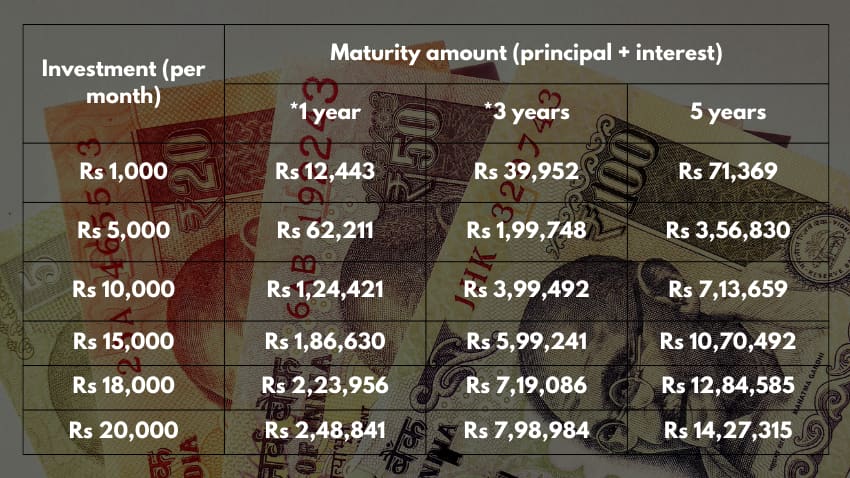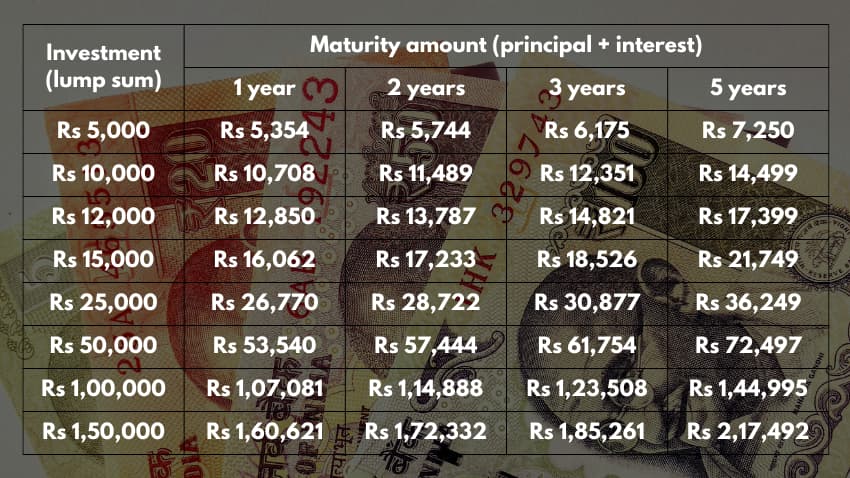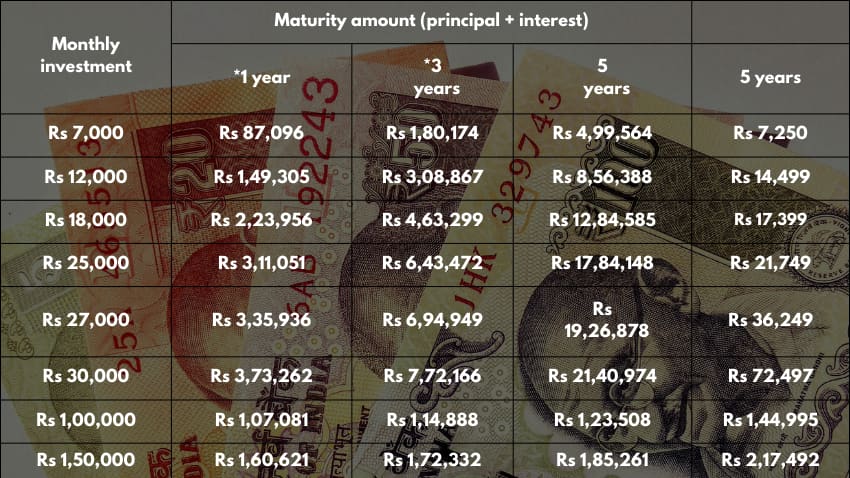Post Office FD vs RD: How your Rs 1k/5k/10k/50k monthly or Rs 50k/1 lakh/1.5 lakh one-time investments will grow over time; see calculations & examples
Did you know you can open both fixed deposit (FD) and recurring deposit (RD) accounts at the post office? Both are low-risk options with guaranteed returns, but they cater to different needs. An FD requires a lump sum deposit upfront, making it ideal for those with a one-time amount to invest. In contrast, an RD involves regular (usually monthly) deposits, suited for those who prefer to save a set amount periodically. This article highlights the key differences between post office FD and RD returns with illustrative examples.
Fixed deposits (FDs) and recurring deposits (RDs) are favored investment choices for conservative investors seeking stability and predictable returns. These options are particularly attractive because they offer guaranteed returns and involve lower risk compared to more volatile investments like stocks and equity funds. In addition to these guaranteed, fixed income financial products, designated post office branches in the country offer their own FD and RD schemes with distinct features.
Here are a few examples to illustrate how investments in these instruments grow over time:
Post Office Fixed Deposit vs Post Office Recurring Deposit: Know the difference?

First things first, maturity options.
India Post’s fixed deposit scheme, known as the National Savings Time Deposit Account, provides investors with four different maturity options. These range from 1 year to 5 years.
On the other hand, the National Savings Recurring Deposit Account, the recurring deposit scheme offered by India Post, has a fixed maturity period of 5 years.
Post Office Fixed Deposit vs Post Office Recurring Deposit: See examples

Post Office Fixed Deposit vs Post Office Recurring Deposit: From Rs 5,000/month to Rs 1.5 lakh one-time deposit, learn about your returns with examples

Post Office Fixed Deposit vs Post Office Recurring Deposit: From Rs 5,000/month to Rs 1.5 lakh one-time deposit, learn about your returns with examples

Post Office Fixed Deposit vs Post Office Recurring Deposit: From Rs 5,000/month to Rs 1.5 lakh one-time deposit, learn about your returns with examples

These examples serve to highlight the potential returns on investments in these schemes, helping investors make informed decisions based on their financial goals and time horizons.
Remember, the figures given below are calculated based on the current interest rates and the applicable compounding frequencies.
5-Year Post Office Recurring Deposit Account Investment Examples | Here's how Rs 1k, Rs 5k, Rs 10k, Rs 15k, Rs 18k & Rs 20k monthly investments grow in 5 years

Post Office Time Deposit Account (TD) Investment Examples | Here's how Rs 5k, Rs 10k, Rs 12k, Rs 15k, Rs 25k, Rs 50k, Rs 1 lakh & Rs 1.5 lakh one-time investments grow in 4 maturities

5-Year Post Office Recurring Deposit Account Investment Examples | Here's how Rs 7k, Rs 12k, Rs 18k, Rs 25k, Rs 27k, Rs 30k, Rs 1 lakh & Rs 1.5 lakh monthly investments grow in 5 years

Post Office FD Account Investment Examples | Here's how Rs 7k, Rs 11k, Rs 17k, Rs 21k, Rs 27k, Rs 30k, Rs 70k & Rs 90k one-time investments grow in 4 maturities

Basic difference between Post Office FD & Post Office RD






